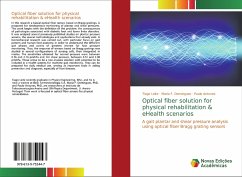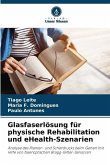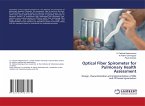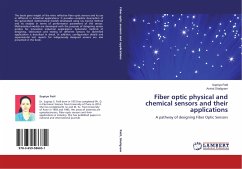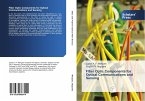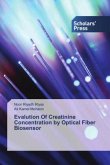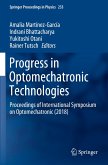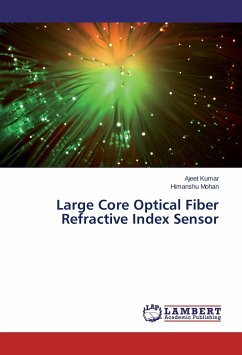In this research a biaxial optical fiber sensor, based on Bragg gratings, is proposed for simultaneous monitoring of plantar and shear pressures. This work begins with the definition of the problem: the consequences of pathologies associated with diabetic foot and lower limbs disorders. It was analysed several previously published studies on plantar pressure sensors, the several methodologies and applications that already exist. A biomechanical research was carried out, with particular focus on gait pattern and human foot anatomy, in order to understand the different gait phases and points of greatest interest for foot pressure monitoring. Thus, the response of sensors based on Bragg gratings was studied in several configurations of sensing cells, then integrated in insoles. The sensitivities obtained for normal pressure were between 0.56 and 2.16 pm/kPa and, for shear pressure, between 0.51 and 3.98 pm/kPa. Those prove to be a non-invasive solution with potential to be included in e health systems for real-time gait monitoring. They can be prepared for daily medical use, serving as important tools in aiding prevention and diagnosis, especially of foot diseases.

